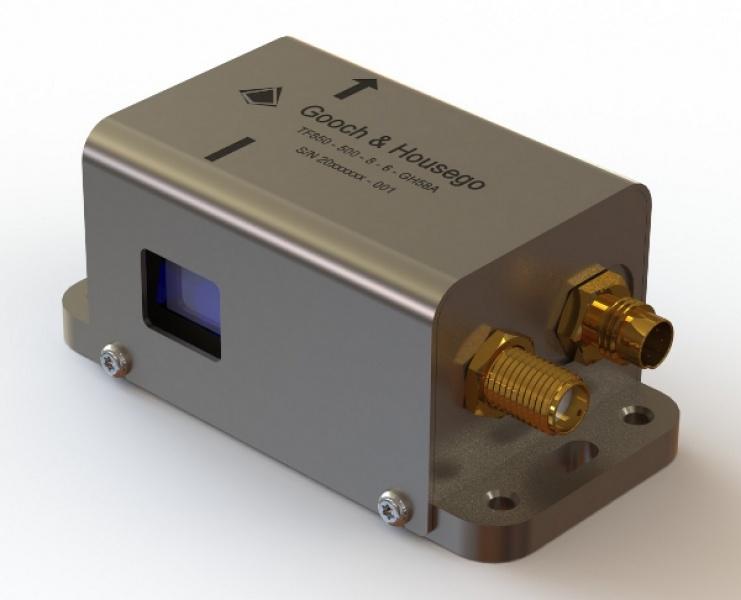Tunable Filter Market Gaining Traction Amid Increasing Demand for High Resolution Imaging Solutions

The tunable filter market has been growing steadily in recent years, driven by advancements in photonics, telecommunications, and spectroscopy. Tunable filters are optical or electronic filters that allow the adjustment of their frequency or wavelength range, enabling flexibility and precision in applications across various industries. As the demand for high-resolution imaging, advanced sensing, and flexible communication systems increases, the market for tunable filters becomes increasingly competitive.
Market Overview
Tunable filters are critical components in several sectors including telecommunications, aerospace and defense, biomedical imaging, and industrial monitoring. Their ability to selectively transmit signals or light of specific wavelengths makes them essential in systems requiring dynamic spectral analysis. Optical tunable filters, such as acousto-optic and liquid crystal variants, are commonly used in spectroscopy and imaging. Meanwhile, RF and microwave tunable filters are widely implemented in communication systems to improve signal quality and reduce interference.
Key Players in the Market
The global tunable filter market features several established players alongside innovative startups. Major companies include Gooch & Housego, Dover Corporation (Micronetics), Santec Corporation, Semrock (IDEX Health & Science), and EXFO Inc. These firms lead in the development and commercialization of tunable filters with a focus on high performance and application-specific designs.
New entrants and smaller companies are also carving out niches by offering cost-effective or application-specialized solutions. For example, startups developing compact tunable filters for wearable medical devices or portable spectrometers are gaining traction due to rising interest in point-of-care diagnostics and environmental sensing.
Competitive Strategies
To maintain a competitive edge, companies are heavily investing in R&D to enhance filter performance parameters such as tuning range, resolution, insertion loss, and response time. Another key focus area is miniaturization. As devices become more compact, especially in mobile and biomedical applications, the need for smaller, integrated tunable filters has grown substantially.
Partnerships and collaborations are also prominent in this market. Many companies form strategic alliances with system integrators, research institutions, or end-users to co-develop application-specific filters. These collaborations help reduce time to market and ensure better alignment with customer needs.
Additionally, some firms adopt vertical integration strategies, developing both the filters and their control electronics or housing them in larger systems. This approach improves compatibility and performance while also capturing more value within the supply chain.
Challenges and Market Dynamics
Despite promising growth, the tunable filter market faces several challenges. High manufacturing costs and technical complexities limit widespread adoption, especially in cost-sensitive industries. Moreover, maintaining consistent performance across a broad tuning range and varying environmental conditions can be difficult.
Geopolitical factors and supply chain disruptions, especially in the wake of global events such as the COVID-19 pandemic, have impacted production timelines and raw material availability. As a result, companies are reevaluating their sourcing strategies and looking to localize supply chains where possible.
Regional competition is also intensifying, particularly in Asia-Pacific, where countries like China, Japan, and South Korea are significantly investing in optical and wireless communication technologies. This regional growth presents both an opportunity and a challenge for established players in North America and Europe.
Future Outlook
The tunable filter market is projected to grow at a compound annual growth rate (CAGR) of over 7% in the coming years. This growth will be fueled by expanding applications in 5G communications, LiDAR systems, hyperspectral imaging, and medical diagnostics.
With increasing demand for data-rich and adaptive systems, tunable filters will play a vital role in enhancing performance while reducing system complexity. Companies that can innovate rapidly, optimize production costs, and build strong customer partnerships will be best positioned to thrive in this evolving market landscape.
In conclusion, the tunable filter market is marked by technological evolution, expanding applications, and dynamic competition. As innovation continues to drive performance improvements and cost reductions, the landscape is set to become even more competitive, offering both challenges and opportunities for market participants.
- Art
- Causes
- Crafts
- Dance
- Drinks
- Film
- Fitness
- Food
- Games
- Gardening
- Health
- Home
- Literature
- Music
- Networking
- Other
- Party
- Religion
- Shopping
- Sports
- Theater
- Wellness


